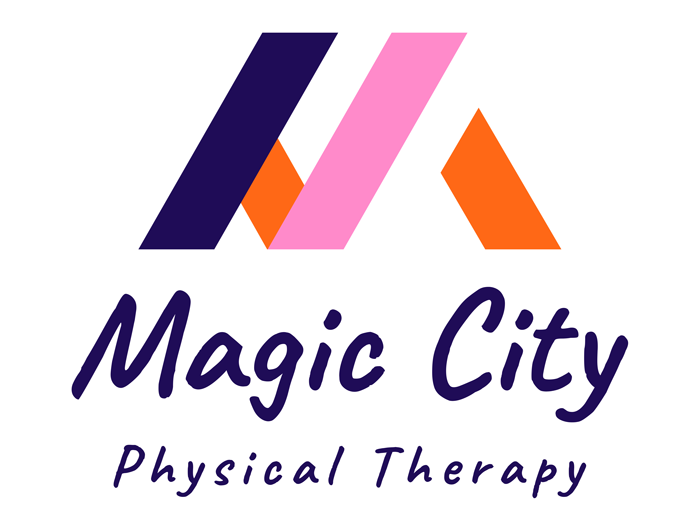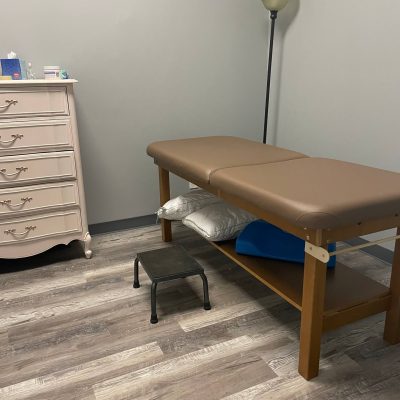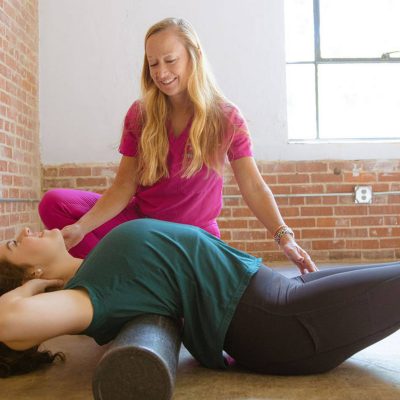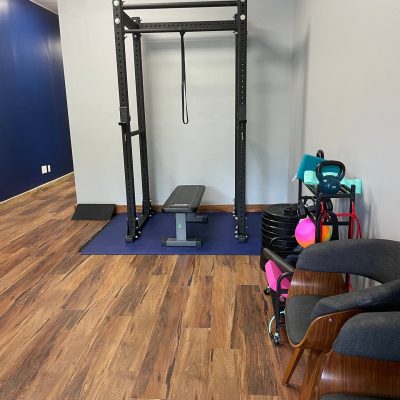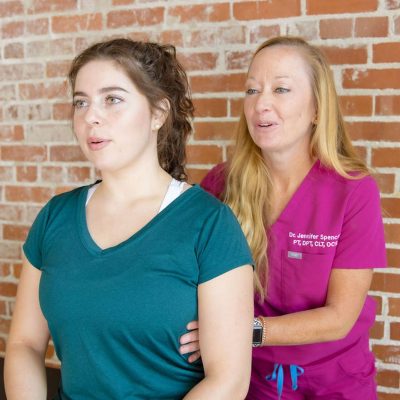As pelvic physical therapists, we often talk about posture, hydration, and core coordination when it comes to healthy bowel habits. But one vital component of digestive health that’s frequently overlooked is the role of the parasympathetic nervous system—also known as the “rest and digest” side of our autonomic nervous system.
Whether I’m working with a child struggling with chronic constipation or an adult experiencing incomplete emptying and bloating, one truth remains constant: we cannot poop well when we are in a rush. Let’s unpack why slowing down is not just a lifestyle luxury—but a biological necessity for healthy bowel function.
What is the Parasympathetic Nervous System?
The autonomic nervous system has two main branches:
- The sympathetic nervous system (“fight or flight”) which revs up your body for action
- The parasympathetic nervous system (“rest and digest”) which slows things down and supports relaxation, digestion, and elimination
The parasympathetic system controls functions that require calm and safety—like digesting food, absorbing nutrients, and yes, pooping. When it’s activated, the body shifts blood flow toward the digestive organs, softens the muscles of the bowel, and promotes the natural reflexes needed to evacuate waste.
But if you’re living in a state of constant go-go-go, it’s like trying to turn on a faucet while the water main is shut off. You might try to poop, but your body simply isn’t physiologically prepared to do so.
The Morning Rush: A Recipe for Constipation
Let’s take a common scenario. Picture a typical adult or parent in the morning:
- The alarm goes off late.
- Coffee in one hand, phone in the other.
- Kids need breakfast, emails are buzzing, traffic is looming.
- You get a “gut signal” to poop, but it’s just not a good time.
So, what happens?
Most people suppress the urge, push through their routine, and either delay the bowel movement or try to force it quickly. Even if they do go, they often don’t fully relax or give themselves enough time to empty completely. Over time, this pattern becomes chronic.
In children, the cycle can look a little different but has similar roots. Maybe mornings are chaotic. Maybe they feel pressure to go before school but don’t want to be late, or they’re worried about using the school bathroom. If they rush or hold, that stool stays in the colon longer, drying out and becoming harder to pass later. This becomes a slippery slope into chronic constipation, withholding, or even encopresis.
Incomplete Emptying = Long-Term Dysfunction
Incomplete emptying is a sneaky contributor to many pelvic floor and GI complaints. If your body isn’t relaxed and your nervous system isn’t in “rest and digest” mode, the pelvic floor and internal sphincters may not coordinate properly. This can lead to:
- Sensation of incomplete evacuation
- Needing multiple trips to the bathroom
- Straining or pushing to go
- A reliance on coffee, supplements, or digital devices to stimulate a bowel movement
Over time, this disconnect can weaken natural signals between the brain and gut and lead to:
- Chronic constipation
- Pelvic floor dysfunction (especially overactive muscles)
- Rectal prolapse or hemorrhoids from straining
- Bladder urgency or incomplete bladder emptying from prolonged pelvic tension
Tips to Activate the Parasympathetic System for Better Poops
Here are a few simple, practical strategies I use with both pediatric and adult patients to support that “rest and digest” state:
- Schedule in Slow Mornings
Set your alarm just 10–15 minutes earlier to make time for a calm, unhurried bathroom routine. Encourage kids to do the same. Rushing sends the opposite message to your nervous system.
- Breathe Before You Go
Deep diaphragmatic breathing can signal safety to the brain and calm the body. Try 3–5 deep belly breaths before sitting on the toilet. This simple practice often jumpstarts the urge to go—or at least helps the muscles relax.
- Feet on a Stool, Shoulders Down
Using a squatty potty or footstool helps align the colon for easier elimination. Combine this with relaxed shoulders and a calm breath—not scrolling on your phone.
- Create Rituals
Warm drinks, gentle stretches, or a few minutes of movement can help trigger the gastrocolic reflex (the body’s natural urge to poop after eating or moving). Routines create predictability and comfort for the nervous system.
- Model Calm for Kids
If your child struggles with constipation, avoid rushing their morning or forcing a bathroom trip. Read a book together in the bathroom, use relaxation tools like bubbles or visual cues, and allow time for success.
Pooping is a Nervous System Event
So often we treat bowel movements as mechanical events—just another task to “get done.” But digestion and elimination are deeply tied to our nervous system state. When we are calm, we can cue our pelvic floor muscles, our colon motility increases, and we are better able to let go—literally and figuratively.
Chronic constipation isn’t just about diet or hydration or posture. It’s about physiology, psychology, and pace of life. For many of our patients, the most effective first step in treating constipation is slowing down and helping the body feel safe enough to rest and digest.
So, whether you’re a busy parent or a child headed off to school—remember: take a breath, take your time, and give your body permission to do what it’s designed to do.
